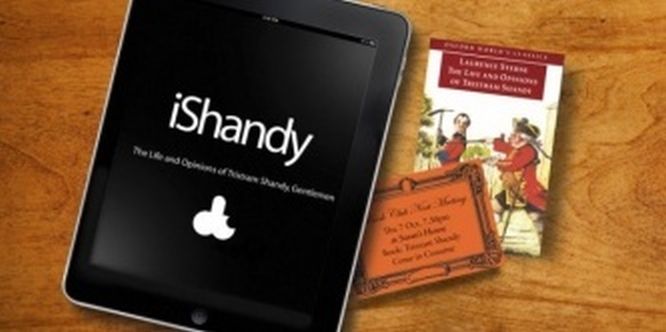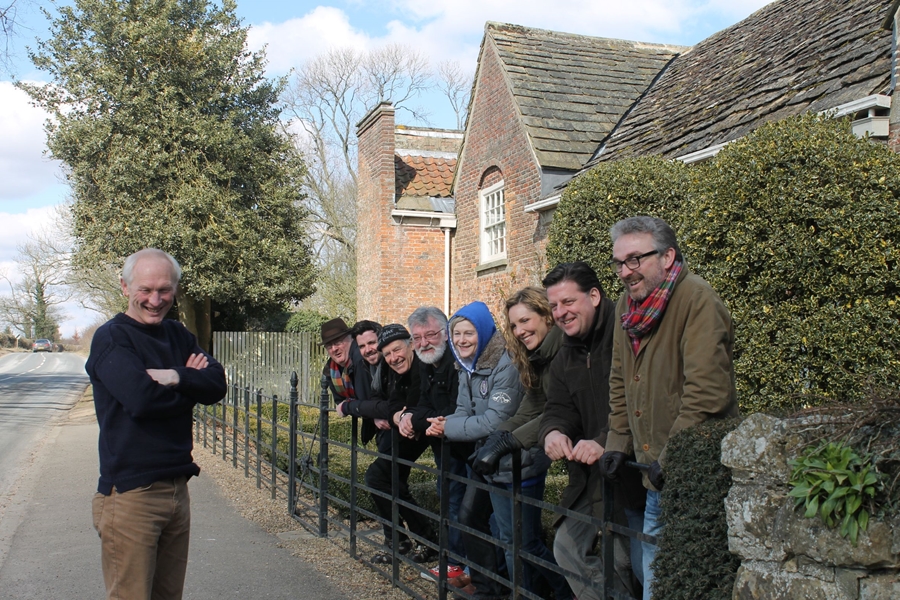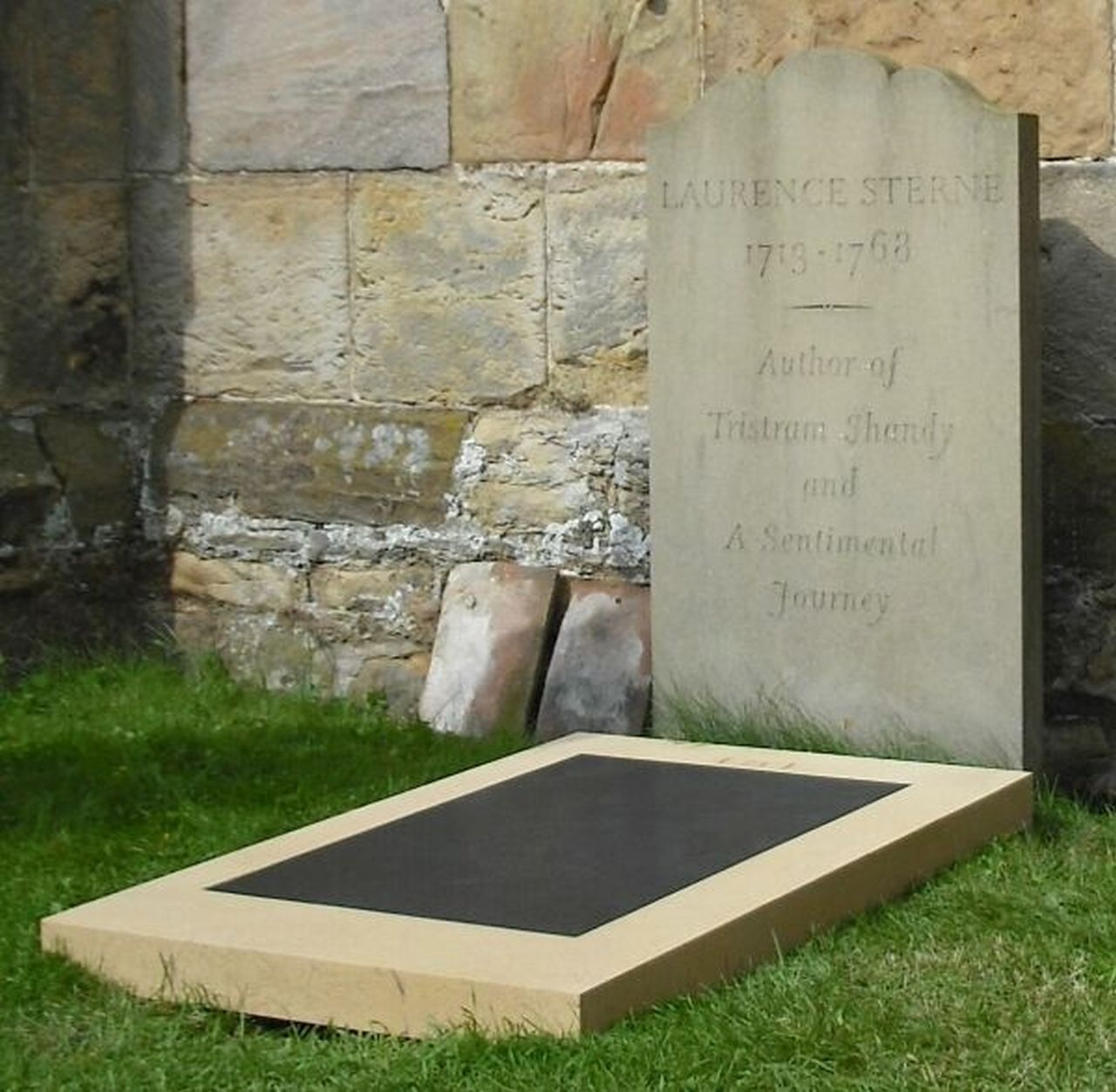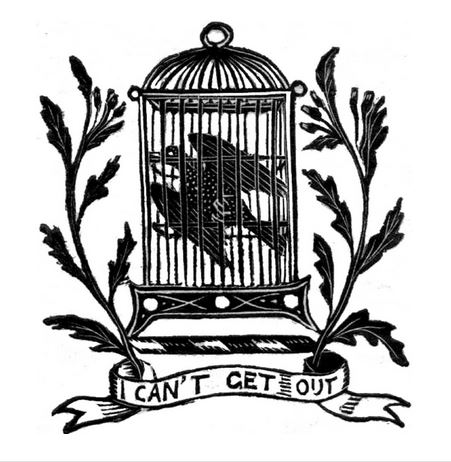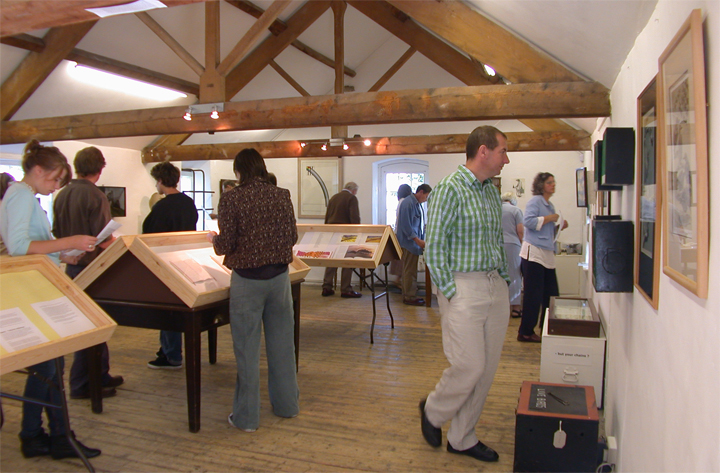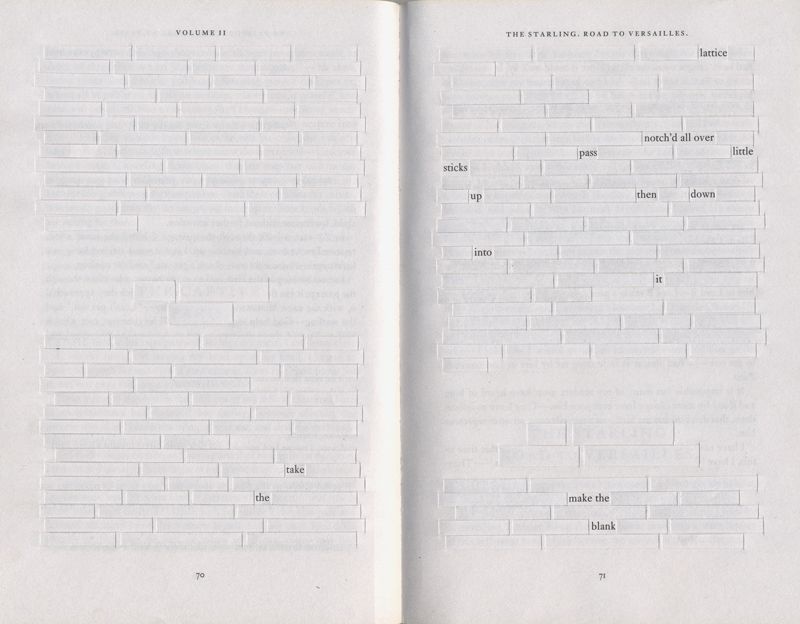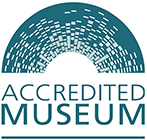A Bitter Draught: Sterne, the Starling, and Slavery
This exhibition in the gallery at Shandy Hall heralded the forthcoming 200th anniversary of Parliaments’ abolition of the slave trade in 2007.
Museum specimens, DVD, stained glass, text, sculpture and installations by contemporary artists who explored the themes of social justice, citzenship and slavery.
The exhibition was inspired by a section of A Sentimental Journey by Laurence Sterne, where the narrator, Yorick, hears a voice in an alleyway in Paris repeating the phrase ‘I can’t get out’ and discovers the cry for help is coming from a caged starling. A caged bird is perhaps the most powerful emblem of loss of freedom, and this encounter causes the narrator to reflect upon liberty, imprisonment and slavery. He declares to the reader that he considers slavery to be ‘a bitter draught’.
The starling is also the crest on the Sterne family arms, and the similarity of the starling’s Latin name, Sturnus vulgaris, reinforces the association.
The humanity in Sterne’s sermons was seized upon by Ignatius Sancho, a gifted man who, after being born on a slave ship and put into service, eventually attained independence and wrote poetry, plays and music. He was the first African writer whose letters were published in England as well as the first African to vote in a British election. He was also painted by Gainsborough. Sancho wrote in praise of Sterne’s opposition to slavery and beseeched him to write further in support of the cause.
“Of all my favourite authors, not one has drawn a tear in favour of my miserable black brethren – excepting yourself, and the humane author of Sir George Ellison. I think you will forgive me; I am sure you will applaud me for beseeching you to give one half-hour’s attention to slavery, as it is practised in our West Indies. That subject, handled in your striking manner, would ease the yoke (perhaps) of many – but if only of one! . . . ”
Sterne responded with an account of the episode of the black girl in Tristram Shandy, and went on to write other sympathetic passages.
The starling episode in A Sentimental Journey became one of Sterne’s most well known extracts, and was referred to by Jane Austen, Charles Dickens and Amy Lowell amongst other writers.
Sterne the eccentric and entertaining wit, the sudden celebrity who became a sought-after guest at fashionable dinner parties, is well known. The other equally important side of Sterne is as a man of feeling and sentiment, whose writings did much to influence and change the sensibility of his age.
The eighteenth century begins as the Age of Reason and ends with the Romantic Movement, when feeling and emotion, rather than intellect, were the dominant responses to the world.
Sterne prefigures the romantic age in many episodes of his work – benevolent Uncle Toby and the fly; the portrait of Maria; the stories of the death of le Fever and of the caged starling all captured the hearts of the 18th century reader through their expression of feeling, and were retold in such popular anthologies as The Beauties of Sterne. Sterne’s empathy for his fellow creatures makes his writings, as Thomas Jefferson claimed, ‘the best course of morality that ever was written.’
‘ in an age that had tended to cultivate the reason somewhat exclusively, he did much to restore emotion to its place, and by quickening the power of sympathy, helped to make possible the great humanitarian movements which culminated in such achievements as the abolition of slavery.’ William Allan Neilson.
This exhibition in the gallery at Shandy Hall heralded the forthcoming 200th anniversary of Parliaments’ abolition of the slave trade in 2007. Focusing on the starling it included information on the bird’s natural history, and with museum specimens, DVD, stained-glass, text, poetry, screenprints and installations by contemporary artists, it explored literary and artistic references and the themes of social justice, citizenship and slavery.
Alison Wilding, Tom Phillips, Helen Whittaker, Peter Coates, Patrick Hughes, Thomas Newton, Carolyn Thompson and Carry Akroyd were among the artists exhibiting.
Featured work is Paper and Patience, by Carolyn Thompson 2006
Woven book leaves (from 3 copies of A Sentimental Journey, Laurence Sterne)
Bird-ringing (supervised by the British Trust for Ornithology) took place in the gardens at Shandy Hall during October and November. Children from Husthwaite Primary school were involved.
A concert ‘Songs of Liberty and Oppression’ was performed in Coxwold church by traditional singers Coope, Boyes and Simpson on October 5th 2006.
The Laurence Sterne Trust thanks The Carstairs Countryside Trust and The Pidem Trust for financial assistance with this project.













